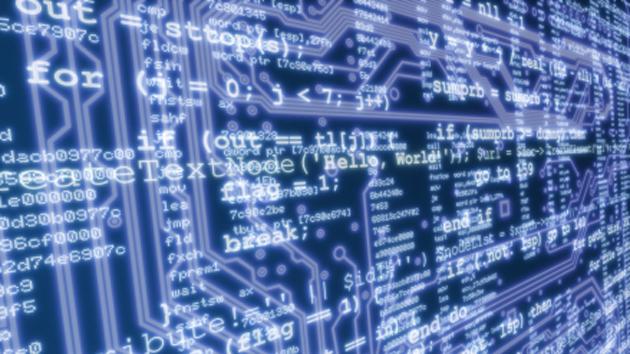The Ancient History Of IT
Computers have come to be recognized as one of the greatest inventions in the world. While they were invented during the latter parts of the twentieth century, the basic techniques of computers have been used since more than 2500 years ago in the form of an abacus. Still frequently used in the world, it is a calculator that is constructed of beads and wires. While the idea of a similarity between an abacus and a computer might seem ridiculous to anyone, the fundamentals of both systems are no different – completing repetitive calculations at a much faster rate than is possible by the human brain.

Invented in the Middle East, the abacus was widely used until the midway point of the seventeenth century. In 1642, Blaise Pascal, a renowned scientist came up with the world’s first mechanical calculator. But the major turning point in the history of IT was because of Wilhelm Leibniz. The man responsible for the invention of the binary code, he paved the way for others to develop the world of IT. It was Charles Babbage; an English mathematician who is generally regarded as the father of the computer who came up with the basic components of a modern day computer; a memory, a processor and an output mechanism. But it would take a long time before individuals came close to replicating modern day computers.
Alan Turing was another English mathematician who revolutionized how computers can process information fed to them. His inventions have been known to greatly help during World War II and he is known to develop the first ever fully electronic computer. It is generally acknowledged that the years around World War II vastly helped advance the development of computers. After numerous findings and inventions, it was in 1944 that the first digital computer was made. An equipment that was more than 15 meters in length, it was this clanky invention that opened the flood gates and lead many people to develop a range of computer systems from rugged industrial computer systems to industrial touch monitors to sleek laptops that can be carried in your bag.
Read this article to find out more reviews regarding industrial touch monitors.
Another major turning point in the world of IT is the invention of transistors by Bell Labs at the end of the year 1947. Transistors and then integrated circuits helped bring down the size of the computers. By 1976, companies were also focusing on better operating systems to make it easier to use. It was from this point onwards that circuit boards and systems became more user friendly resulting in laptops, tablets and smartphones.